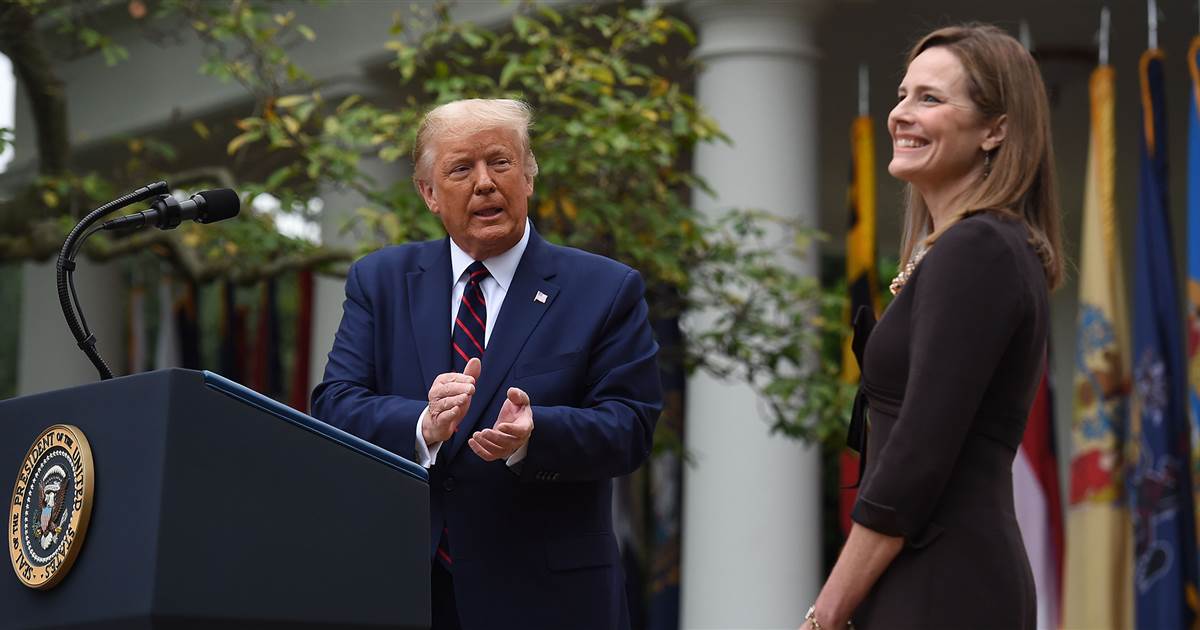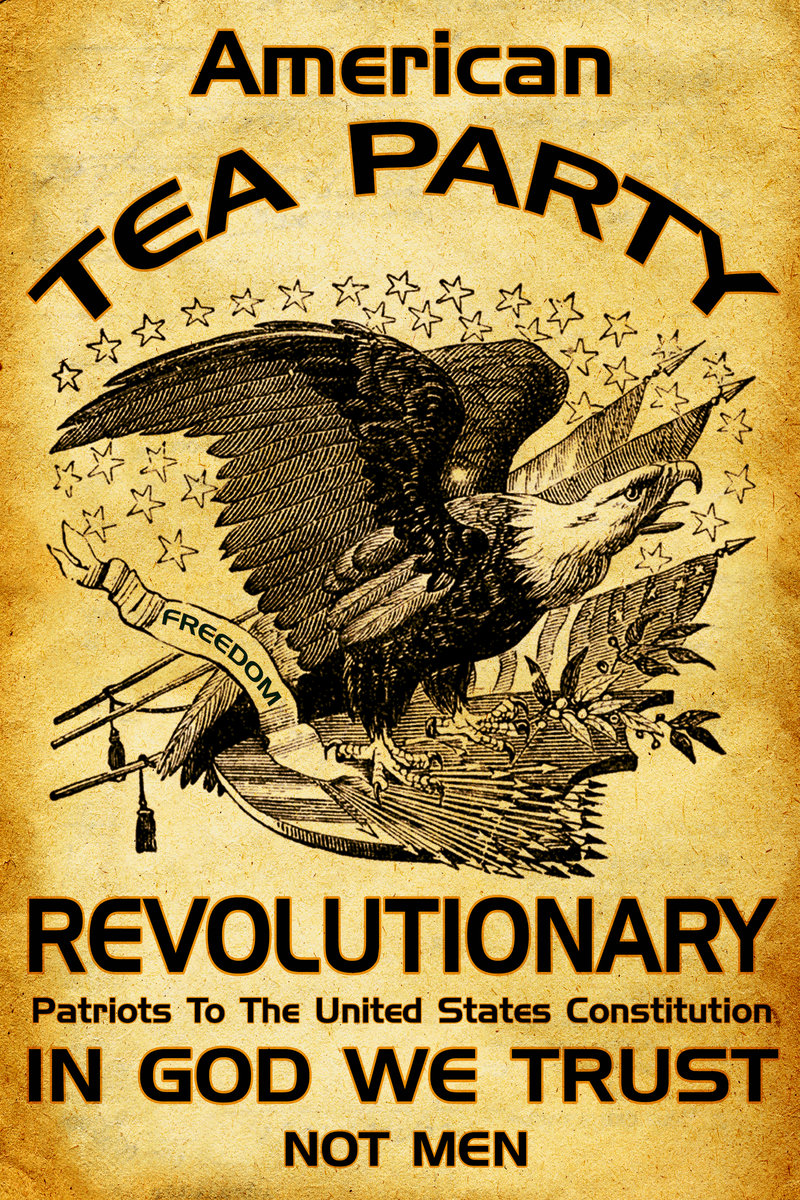In the interest of being organized and not cluttering up things too badly, multiple events on one day will be on one thread. Today’s events are in Ocala, Florida, and Macon, Georgia.
Ocala is located near what is thought to have been the site of Ocale or Ocali, a major Timucua village and chiefdom recorded in the 16th century. The modern city takes its name from the historical village, the name of which is believed to mean “Big Hammock” in the Timucua language.[8] The Spaniard Hernando de Soto’s expedition recorded Ocale in 1539 during his exploration through what is today the southeastern United States. Ocale is not mentioned in later Spanish accounts; it appears to have been abandoned in the wake of de Soto’s attack.[citation needed]
In the late eighteenth and early nineteenth centuries, Creek people and other Native Americans, and free and fugitive African Americans sought refuge in Florida. The Seminole people formed. After foreign colonial rule shifted between Spain and Great Britain and back again, in 1821 the United States acquired the territory of Florida. After warfare to the north, in 1827 the U.S. Army built Fort King near the present site of Ocala as a buffer between the Seminole, who had long occupied the area, and white settlers moving into the region. The fort was an important base during the Second Seminole War and later served in 1844 as the first courthouse for Marion County.[citation needed]
The modern city of Ocala, which was established in 1849, developed around the fort site. Greater Ocala is known as the “Kingdom of the Sun”.[9] Plantations and other agricultural development dependent on slave labor were prevalent in the region. Ocala was an important center of citrus production until the Great Freeze of 1894–1895.[citation needed]
Rail service reached Ocala in June 1881, encouraging economic development with greater access to markets for produce. Two years later, much of the Ocala downtown area was destroyed by fire on Thanksgiving Day, 1883. The city encouraged rebuilding with brick, granite and steel rather than lumber. By 1888, Ocala was known statewide as “The Brick City”.
In December 1890, the Farmers’ Alliance and Industrial Union, a forerunner of the Populist Party, held its national convention in Ocala. At the convention, the Alliance adopted a platform that would become known as the “Ocala Demands”. This platform included abolition of national banks, promoting low-interest government loans, free and unlimited coinage of silver, reclamation of excess railroad lands by the government, a graduated income tax, and direct election of United States senators. Most of the “Ocala Demands” were to become part of the Populist Party platform.
And Macon:
Macon was founded on the site of the Ocmulgee Old Fields, where the Creek Indians lived in the 18th century. Their predecessors, the Mississippian culture, built a powerful chiefdom (950–1100 AD) based on the practice of agriculture. The Mississippian culture constructed earthwork mounds for ceremonial, burial, and religious purposes. The areas along the rivers in the Southeast had been inhabited by indigenous peoples for 13,000 years before Europeans arrived.[7]
Macon developed at the site of Fort Benjamin Hawkins, built in 1809 at the fall line of the Ocmulgee River to protect the community and to establish a trading post with Native Americans. The fort was named in honor of Benjamin Hawkins, Superintendent of Indian Affairs for the Southeast territory south of the Ohio River for more than 20 years. He lived among the Creek and was married to a Creek woman. This was the most inland point of navigation on the river from the Low Country. President Thomas Jefferson forced the Creek to cede their lands east of the Ocmulgee River and ordered the fort built. (Archeological excavations in the 21st century found evidence of two separate fortifications.)[8]
Fort Hawkins guarded the Lower Creek Pathway, an extensive and well-traveled American Indian network later improved by the United States as the Federal Road from Washington, D.C., to the ports of Mobile, Alabama and New Orleans, Louisiana.[8] A gathering point of the Creek and U.S. cultures for trading, it was also a center of state militia and federal troops. The fort served as a major military distribution point during the War of 1812 against Great Britain and also during the Creek War of 1813. Afterward, the fort was used as a trading post for several years and was garrisoned until 1821. It was decommissioned about 1828 and later burned to the ground. A replica of the southeast blockhouse was built in 1938 and still stands today on a hill in east Macon. Part of the fort site was occupied by the Fort Hawkins Grammar School. In the 21st century, archeological excavations have revealed more of the fort’s importance, and stimulated planning for additional reconstruction of this major historical site.[8]
As many Europeans had already begun to move into the area, Fort Hawkins was renamed “Newtown.” After the organization of Bibb County in 1822, the city was chartered as the county seat in 1823 and officially named Macon. This was in honor of the North Carolina statesman Nathaniel Macon,[9] because many of the early residents of Georgia hailed from North Carolina. The city planners envisioned “a city within a park” and created a city of spacious streets and parks. They designated 250 acres (1.0 km2) for Central City Park, and passed ordinances requiring residents to plant shade trees in their front yards.
The city thrived due to its location on the Ocmulgee River, which enabled shipping to markets. Cotton became the mainstay of Macon’s early economy,[10] based on the enslaved labor of African Americans. Macon was in the Black Belt of Georgia, where cotton was the commodity crop. Cotton steamboats, stage coaches, and later, in 1843, a railroad increased marketing opportunities and contributed to the economic prosperity of Macon. In 1836, the Georgia Conference of the Methodist Episcopal Church founded Wesleyan College in Macon. Wesleyan was the first college in the United States chartered to grant degrees to women.[11] In 1855, a referendum was held to determine a capital city for Georgia. Macon came in last with 3,802 votes.[12]
During the American Civil War, Macon served as the official arsenal of the Confederacy[10] manufacturing percussion caps, friction primers, and pressed bullets.[13] Camp Oglethorpe, in Macon, was used first as a prison for captured Union officers and enlisted men. Later it held officers only, up to 2,300 at one time. The camp was evacuated in 1864.[14]
Macon City Hall, which served as the temporary state capitol in 1864, was converted to a hospital for wounded Confederate soldiers. The Union General William Tecumseh Sherman spared Macon on his march to the sea. His troops had sacked the nearby state capital of Milledgeville, and Maconites prepared for an attack. Sherman, however, passed by without entering Macon.
The Macon Telegraph wrote that, of the 23 companies which the city had furnished the Confederacy, only enough men survived and were fit for duty to fill five companies by the end of the war. The human toll was very high.[15]
The city was taken by Union forces during Wilson’s Raid on April 20, 1865.[16]
In the twentieth century, Macon grew into a prospering town in Middle Georgia. It began to serve as a transportation hub for the entire state. In 1895, the New York Times dubbed Macon “The Central City,” in reference to the city’s emergence as a hub for railroad transportation and textile factories.[17] Terminal Station was built in 1916.[18]
More of course at the links above.
I’ll add live links to this post during the late afternoon as they become available.
_____________________________________________________________________
In the meantime, please post tweets and videos below of what’s going on down south, and any travel stories you may have.






















